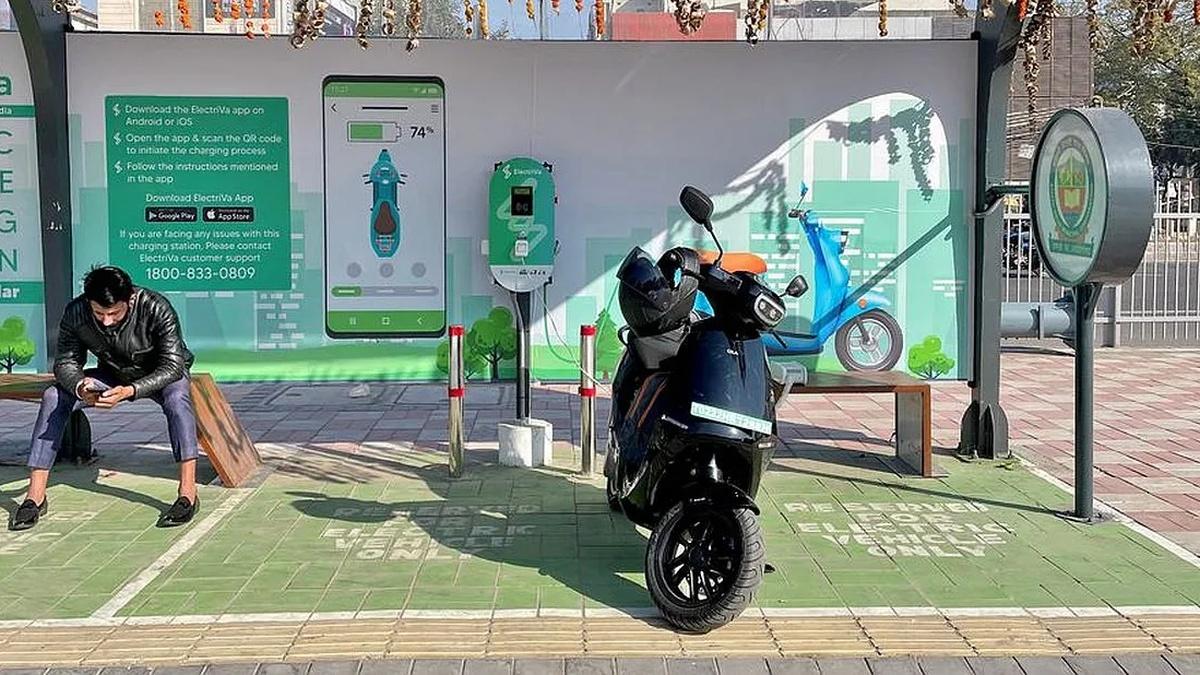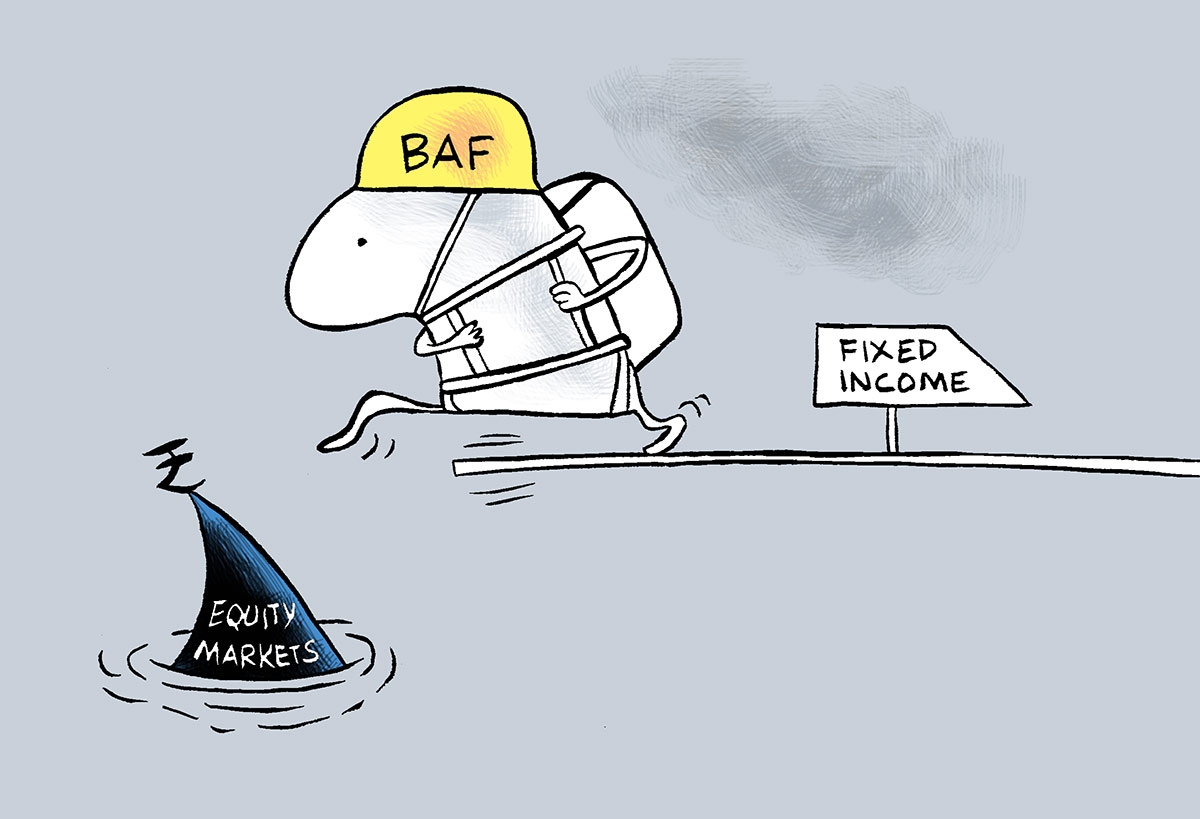Electric two-wheeler (e2W) companies are upset with some of their suppliers of heavy rare-earth magnet–powered electric motors, who have objected to their proposal — under consideration by the government — that would allow e2W original equipment manufacturers (OEMs) an exemption from localisation norms on electric motors, thereby enabling them to continue receiving the ₹5,000-per-vehicle subsidy.

Photograph: Aditi Shah/Reuters
A senior executive at an e2W manufacturer said, “We are being deprived of the subsidy because of opposition from automotive (auto) component players.
“All we’re doing is sending sub-assemblies to China, where they are fitted with rare earth magnets and then shipped back until rare earth imports from China resume.
“The entire process is handled by suppliers, not by us directly.”
Auto component makers, however, see it differently.
A senior industry executive argued, “We have invested heavily in building capacity to manufacture electric motors, based on commitments from OEMs.
“That capacity could remain idle if OEMs continue importing motors. If subsidies are extended despite OEMs not meeting localisation norms, we stand to incur huge losses.”
Since April, the Chinese government, through an export control order, has restricted the export of rare earths to India. After the Shanghai Cooperation Organisation meeting between Prime Minister Narendra Modi and Chinese President Xi Jinping, relations eased, and China agreed to partially lift the ban that had completely squeezed rare earth magnet shipments to India from April 4.
Yet, OEMs say none of their pending import requests, routed through auto component makers, have been cleared by Beijing.
As a result, many OEMs have been sending motor sub-assemblies to China to be fitted with rare earth magnets before being returned.
They stress that this workaround is only a temporary measure in response to the rare earth shortage.
Some OEMs have even given undertakings that they will withhold subsidy claims if they fail to meet the 50 per cent localisation norm, while others have told the government they will not seek subsidies at all.
A senior e2W executive added, “We’ve asked for temporary relief, say 90 days, until the rare earth magnet issue is resolved, not indefinitely.
“This way, we don’t have to shut down production. Why should our factories sit idle?”
Meanwhile, OEMs have been scrambling for alternatives.
Ola Electric has experimented with ferrite motors, which do not require rare earths, while Ather Energy and Bajaj Auto are exploring motors powered by light rare earth magnets.




